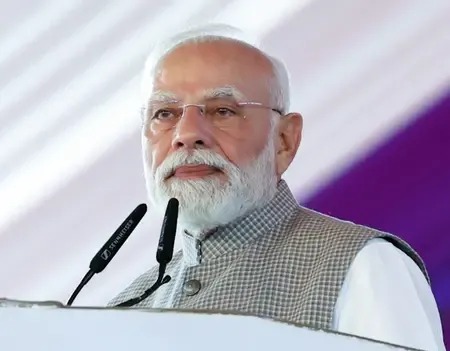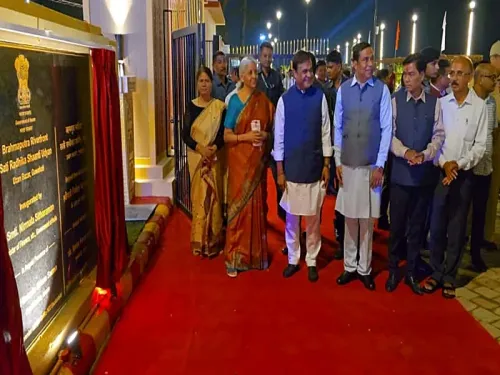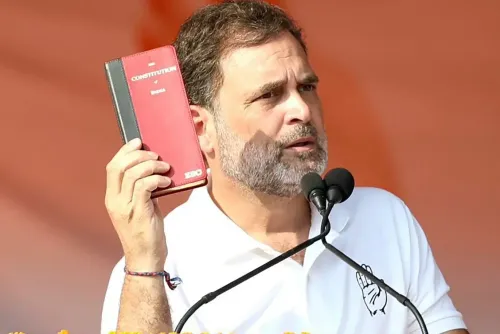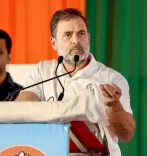Jammu & Kashmir: 2,300 Solar Pumps Installed Under PM-KUSUM Initiative, Goal Set at 5,000
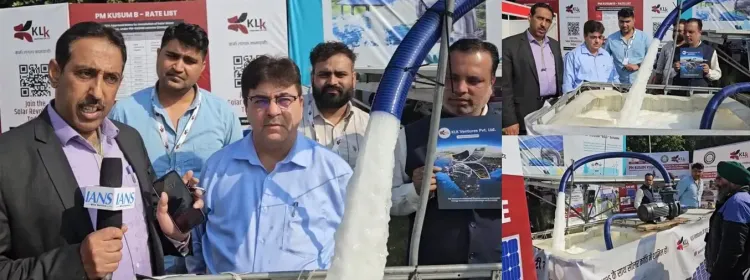
Synopsis
Key Takeaways
- 2,300 solar pumps installed in Jammu and Kashmir.
- The target is to achieve 5,000 pumps soon.
- 80% subsidy available through Union and J&K government.
- Encourages the use of renewable energy in agriculture.
- Excess solar energy can be used for household needs.
Jammu, April 19 (NationPress) In an effort to enhance renewable energy usage and assist farmers in isolated regions, the Jammu and Kashmir Energy Development Agency (JAKEDA) has effectively set up 2,300 solar pumps under the Pradhan Mantri Kisan Urja Suraksha evam Utthan Mahabhiyan (PM-KUSUM) initiative, aiming for a total installation of 5,000 pumps soon.
Khalid Mahmood, Executive Engineer at JAKEDA, Department of Science and Technology, discussed with IANS on Saturday about the execution and advantages of the PM-KUSUM initiative across J&K.
“PM-KUSUM is a prominent initiative introduced by the Government of India to assist farmers, especially in regions lacking electricity. Historically, farmers in such locales have relied on diesel pumps, which are detrimental to the environment. This initiative promotes the installation of solar pumps to replace the diesel alternatives,” Mahmood stated to IANS.
He mentioned that the initiative provides a generous subsidy comprising 50 percent from the Union government and 30 percent from the J&K government, summing up to an 80 percent subsidy. For the remaining 20 percent, arrangements have been made with J&K Bank to facilitate financing, rendering the project nearly cost-free for farmers.
The initiative encompasses three primary components - A, B, and C.
Component B focuses on establishing standalone solar pumps in off-grid locations, while Component C aims to solarize existing electric pumps in areas with electricity access.
“This not only aids in irrigation, but surplus solar energy can also be utilized for household use. Through net metering and virtual net metering, farmers can receive credit for surplus energy,” Mahmood elaborated.
To boost awareness, JAKEDA has been conducting various outreach efforts, including a recent information stall at a local university where farmers could register for the initiative on-site.
“To date, we have installed 2,300 solar pumps, and we aim to achieve 5,000. Awareness is crucial, and we are proactively promoting the initiative to fulfill our targets and gain further backing from the Government of India,” Mahmood added.
He also mentioned the PM Surya Ghar initiative, backed by the Department of Science and Technology. This program offers households a 60–65 percent subsidy for rooftop solar system installations up to 3 kw capacity.
The PM-KUSUM initiative aims to decrease reliance on diesel in agriculture, enhance farmers' incomes, and promote clean energy. It also permits farmers to establish grid-connected solar power plants on unused or fallow land and sell electricity to DISCOMs at regulated rates.


